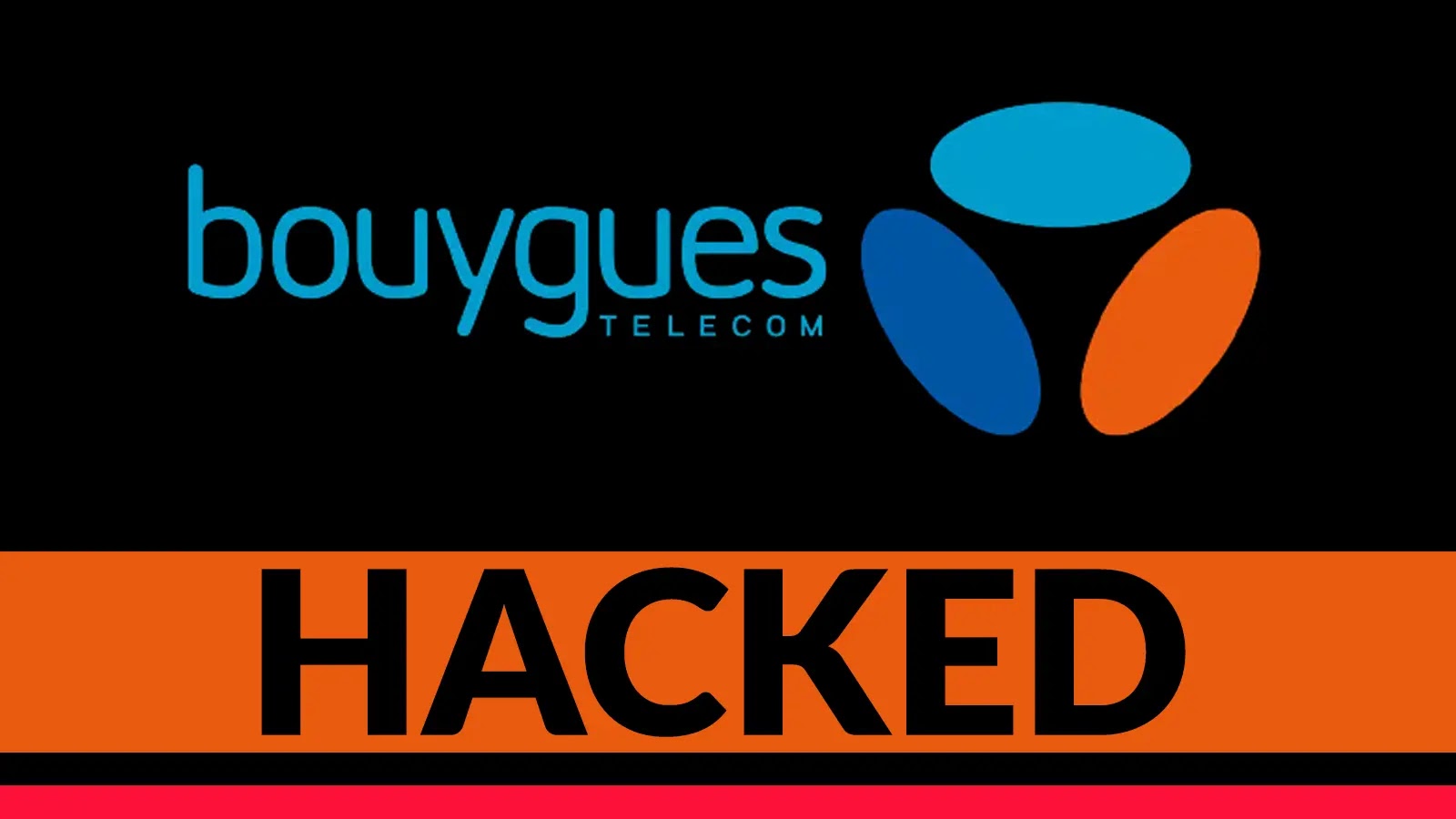
Bouygues Telecom Hacked – 6.4 Million Customers Data Exposed
In the evolving landscape of cyber threats, the integrity of customer data stands as a paramount concern for telecommunication providers. A recent and deeply unsettling incident involving Bouygues Telecom has once again underscored the critical need for robust cybersecurity postures. On August 6, 2025, the French telecom giant identified a sophisticated cyber intrusion that led to the potential exposure of sensitive information belonging to an estimated 6.4 million customers. This breach serves as a stark reminder that even well-established organizations remain prime targets for advanced persistent threats.
The Anatomy of the Bouygues Telecom Breach
The incident commenced in the early hours of August 6, 2025, when Bouygues Telecom’s incident response teams detected anomalous network traffic, a clear indicator of a potential compromise. Subsequent forensic analysis painted a concerning picture: a meticulously planned cyberattack. The initial breach vector was identified as a highly targeted spear-phishing campaign. This campaign was specifically engineered to compromise administrative credentials, leveraging social engineering techniques to gain a foothold within the corporate network.
Further investigation revealed the attackers exploited a zero-day vulnerability. This unknown flaw resided within a lesser-patched VPN gateway, a critical component often serving as a secure conduit for remote access to internal systems. The vulnerability (hypothetically, let’s assign CVE-2025-98765 for illustrative purposes) allowed the threat actors to bypass perimeter defenses and deploy an advanced malware strain. This malware was likely designed for persistence, data exfiltration, and potentially lateral movement within Bouygues Telecom’s sprawling infrastructure.
Impact and Data Exposure
The primary concern following the breach is the potential exposure of customer data. With an estimated 6.4 million customers affected, the scope of sensitive information accessed could be considerable. While Bouygues Telecom has not yet released a definitive list of compromised data types, typical exposures in such incidents can include:
- Customer names and addresses
- Contact information (email addresses, phone numbers)
- Account details (though typically not payment card numbers due to PCI DSS compliance)
- Service usage patterns
- Limited technical identifiers (e.g., IP addresses, device information)
The ramifications of such data exposure extend beyond initial inconvenience. Compromised personal data can be leveraged for various nefarious activities, including:
- Phishing and Social Engineering: Attackers can use leaked information to craft more convincing spear-phishing attacks against customers.
- Identity Theft: Although less likely with service-specific data, combined with other breaches, it could contribute to identity theft.
- Fraud: Unauthorized access to accounts or services leveraging stolen credentials.
Remediation Actions and Preventative Measures
In the aftermath of the Bouygues Telecom incident, immediate and comprehensive remediation is critical. For any organization processing sensitive data, proactive measures are paramount to mitigate similar risks. The following actions are essential for both immediate response and long-term security posture improvement:
- Incident Response & Containment: Immediately isolate affected systems, block exfiltration routes, and eradicate the deployed malware.
- Vulnerability Patching: Prioritize patching all critical vulnerabilities, especially those identified on perimeter devices like VPN gateways. Establish a robust vulnerability management program. For issues like the hypothetical CVE-2025-98765, immediate application of vendor patches or workarounds is non-negotiable.
- Enhanced Spear-Phishing Defenses: Implement advanced email security solutions with robust attachment and URL sandboxing, and deploy DMARC, SPF, and DKIM to prevent email spoofing.
- Security Awareness Training: Regularly train employees, particularly those with administrative privileges, on recognizing and reporting phishing attempts. Simulate phishing campaigns to gauge effectiveness.
- Multi-Factor Authentication (MFA): Enforce MFA across all administrative accounts and critical systems. This would significantly hinder attackers even if credentials are compromised.
- Network Segmentation: Implement granular network segmentation to limit lateral movement ability of attackers once inside the network.
- Endpoint Detection and Response (EDR)/Extended Detection and Response (XDR): Deploy advanced EDR/XDR solutions to detect and respond to anomalous activity on endpoints and across the network in real-time.
- Threat Intelligence Integration: Subscribe to and integrate relevant threat intelligence feeds to stay abreast of emerging threats and zero-day exploits.
- Regular Security Audits and Penetration Testing: Conduct frequent, thorough security audits and penetration tests to identify weaknesses before attackers do.
- Data Encryption: Ensure sensitive data, both at rest and in transit, is adequately encrypted.
Tools for Detection, Scanning, and Mitigation
| Tool Name | Purpose | Link |
|---|---|---|
| OpenVAS | Vulnerability scanning and management | https://www.greenbone.net/en/community-edition/ |
| Wireshark | Network protocol analyzer for traffic anomaly detection | https://www.wireshark.org/ |
| Elastic SIEM (Security Information and Event Management) | Log aggregation, analysis, and threat detection | https://www.elastic.co/security/ |
| PhishMe (Cofense Tangle) | Security awareness and phishing simulation platform | https://cofense.com/solutions/cofense-tangle/ |
| Metasploit Framework | Penetration testing and exploit development (for authorized security assessments) | https://www.metasploit.com/ |
Lessons Learned and Looking Forward
The Bouygues Telecom breach reaffirms several critical cybersecurity axioms. Firstly, the human element, particularly through spear-phishing, remains a potent attack vector. Secondly, zero-day vulnerabilities, even in seemingly robust infrastructure components like VPN gateways, pose significant and unpredictable risks. Organizations must move beyond perimeter-centric defenses towards a more resilient, “assume breach” security model.
This incident is a sobering reminder for all organizations, regardless of size or industry, that threat actors are constantly refining their methodologies. Investing in proactive threat intelligence, continuous vulnerability management, comprehensive security awareness training, and advanced detection and response capabilities are no longer optional but foundational requirements for maintaining digital trust and protecting customer data.





